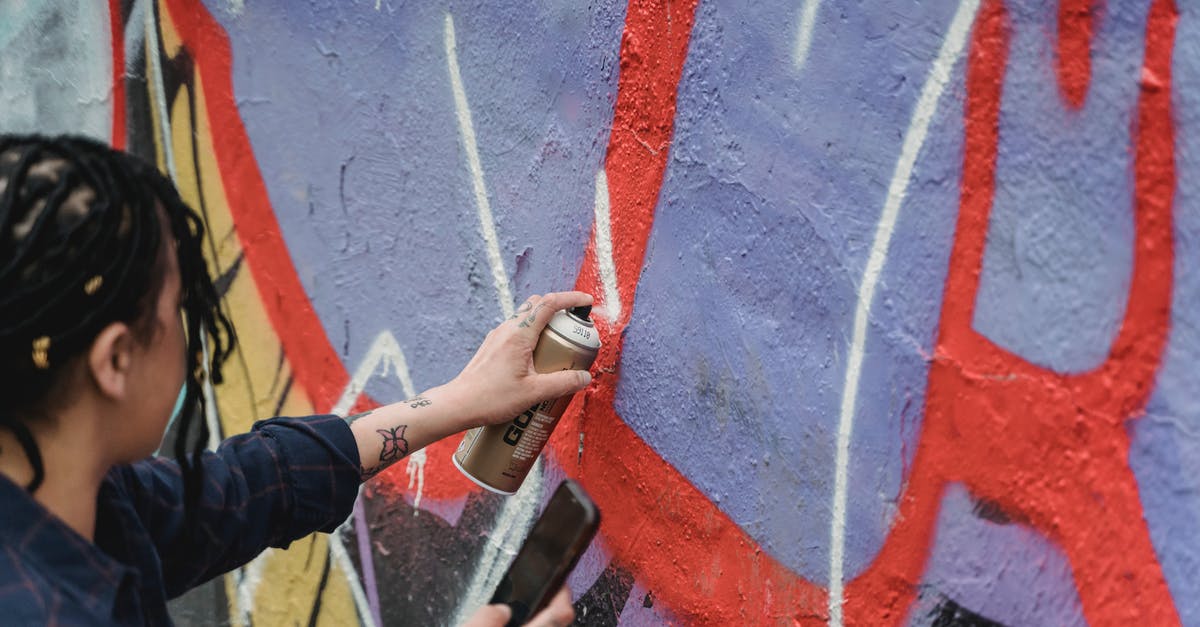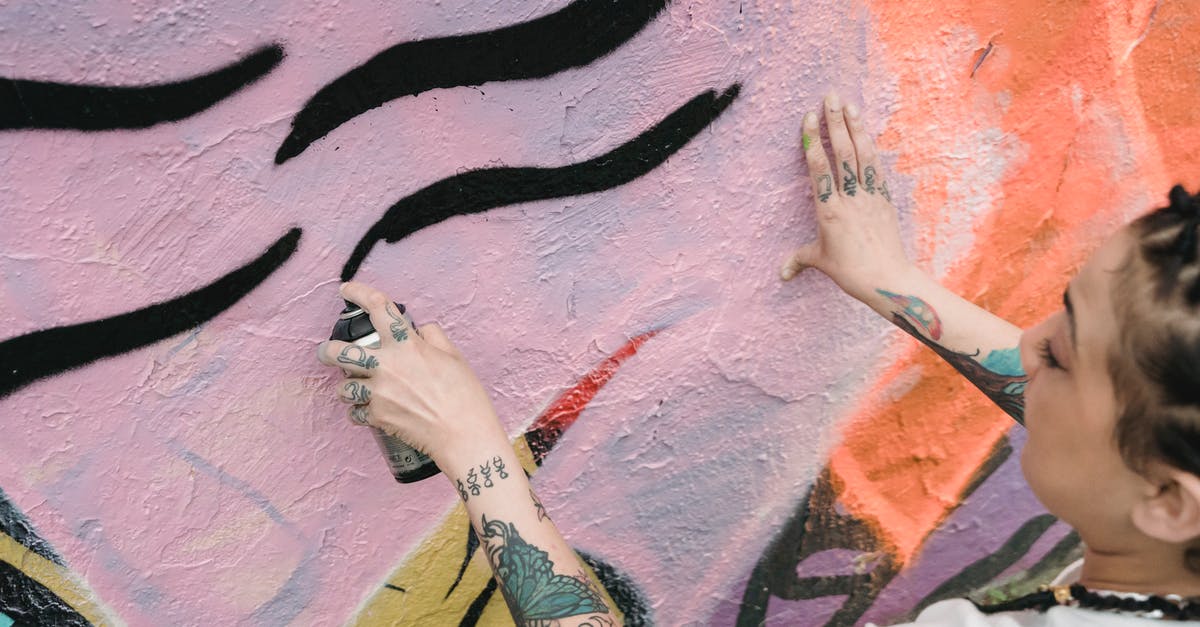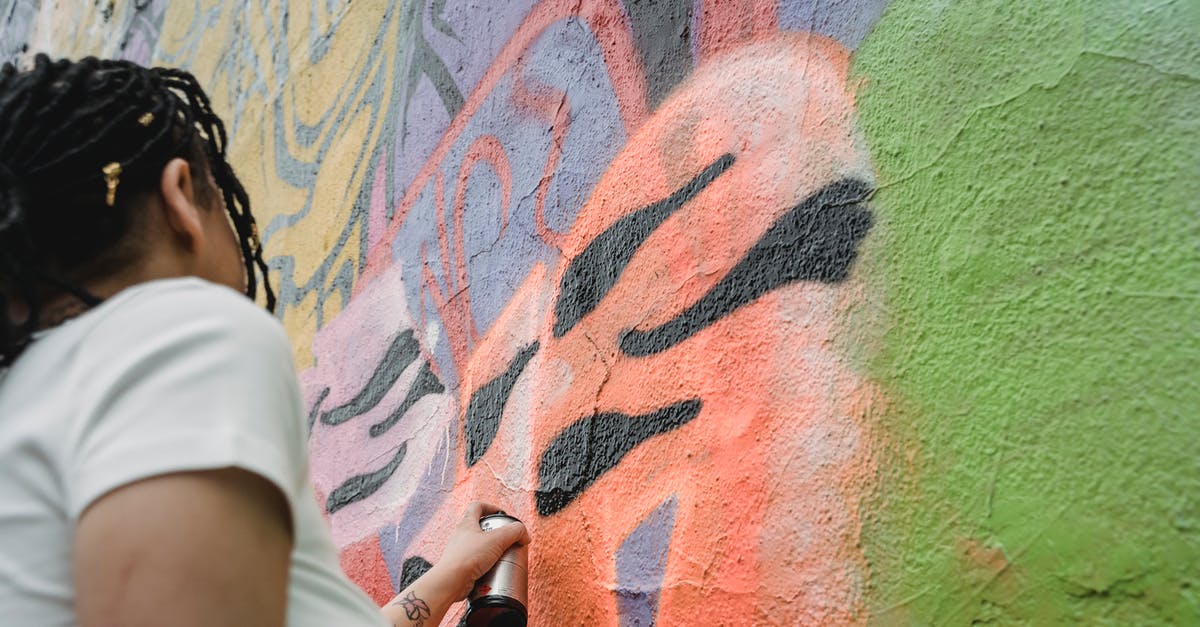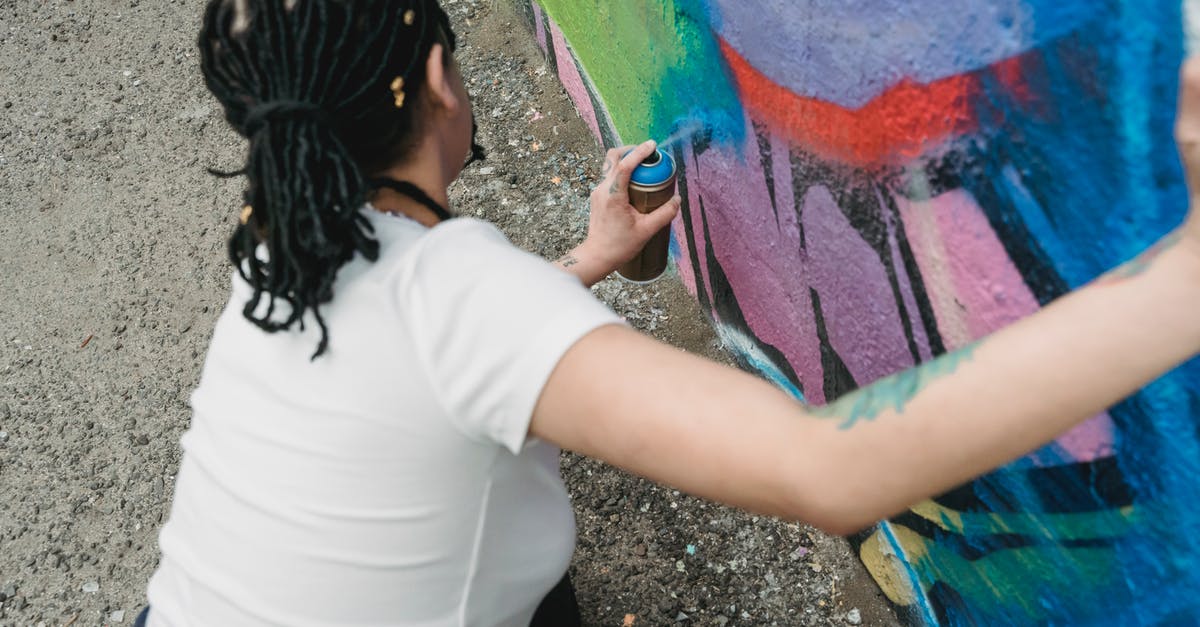How can I make a yogurt starter culture from scratch?

Let's say for whatever reason that I cannot or don't want to get store-bought yogurt. How can I create a probiotic culture to make some from fresh milk?
I saw videos explaining how to make yogurt from chili peppers or lemon in milk. The resulting curds are used to create a real yogurt the same way you would make yogurt with store-bought. Another answer explained that this is not yogurt, but just fresh cheese.
It looks a lot like yogurt to me and also needs fermentation, so what is the difference between these two? What makes milk turn into yogurt if using this method?
Best Answer
The question may be conflating two different things. First, let's be clear about what yogurt is: the word traditionally refers to a milk product produced by fermentation with some lactic acid bacteria strains. (The exact strains of bacteria may vary depending on the culture and method, though the word "yogurt" tends to be restricted to thermophilic bacterial strains which ferment best when milk is above room temperature.) The yogurt becomes sour through the production of lactic acid, which is created as a waste product from the bacteria as they grow in the milk ("fermentation").
The second aspect of yogurt beyond the sour flavor is the texture. When milk's pH is reduced to a certain point through introduction of acid, the proteins in milk unfold (denature) and begin to clump together. The milk thus begins to "curdle" and take on a thicker texture which is generally associated with yogurt.
Any source of lactic acid bacteria can potentially be used to create a starter to generate yogurt. In India, chili peppers and particularly their stems are frequently used, as they tend to harbor several bacterial strains that can ferment milk. The resulting product is a type of yogurt, known as dahi or sometimes simply called curd in English.
Dahi can therefore be considered a type of yogurt, produced through fermentation of lactic acid bacteria at warm temperatures.
However, the OP also mentions the introduction of lemon in milk and links to a previous question which states that this can produce "cheese" rather than "yogurt." The reason for the difference is that the method of production is very different with lemon juice. Usually, when people just add lemon juice to milk, they are trying to artificially sour it quickly. The lemon juice will lower the pH, producing a sour flavor. It will also cause the proteins to denature and the milk to thicken. This process happens in the matter of a few minutes, rather than hours.
The resulting product is superficially similar to cultured yogurt or buttermilk in sourness and texture, but no fermentation has taken place. No lactic acid bacteria were involved. The resulting product here is simply what I'd refer to as "sour milk" or "soured milk" or "acidified milk." Because there is no fermentation, and the acid flavor comes from lemon juice (with citric acid) rather than lactic acid, it's not what most people would refer to as "yogurt." And, as the linked answer notes, this process usually won't produce a very thick yogurt-like product unless you use a milk with high fat content like buffalo milk.
In any case, I personally would not call it "cheese" unless you actually strained the resulting soured milk. But it's not "yogurt" either, according to traditional definitions: it's merely acidified milk.
In sum, both chili peppers and lemon juice can be used to sour and thicken milk, but the process is a bit different and produces somewhat different products.
Pictures about "How can I make a yogurt starter culture from scratch?"



Quick Answer about "How can I make a yogurt starter culture from scratch?"
How do you make a yogurt culture?
To make yogurt at home, all you need is bacteria (also known as a yogurt starter culture) and milk....How To Make Homemade YogurtWhat can be used as yogurt starter?
Now, there are three things that are commonly used as a starter for homemade yogurt:- Another Yogurt \u2013 You can actually use a finished yogurt as the starter for your next batch. ...
- Starter Culture \u2013 You can actually purchase yogurt starters. ...
- Probiotic Capsules \u2013 Many brands of probiotics come in capsule form.
How do you make yogurt without a starter culture?
Homemade yogurt without yogurt starterCan I use my own yogurt as a starter?
You can go one of two ways with your starter: You can use a few spoonfuls of a store-bought yogurt that you like, or you can buy a powdered starter from the store (or online). I prefer using a few spoonfuls of plain yogurt, but the strain tends to weaken as you use it over subsequent batches.How To Make Yogurt Starter Culture At Home | Homemade Yoghurt Culture/ Starter
Sources: Stack Exchange - This article follows the attribution requirements of Stack Exchange and is licensed under CC BY-SA 3.0.
Images: Felicity Tai, Felicity Tai, Felicity Tai, Felicity Tai
